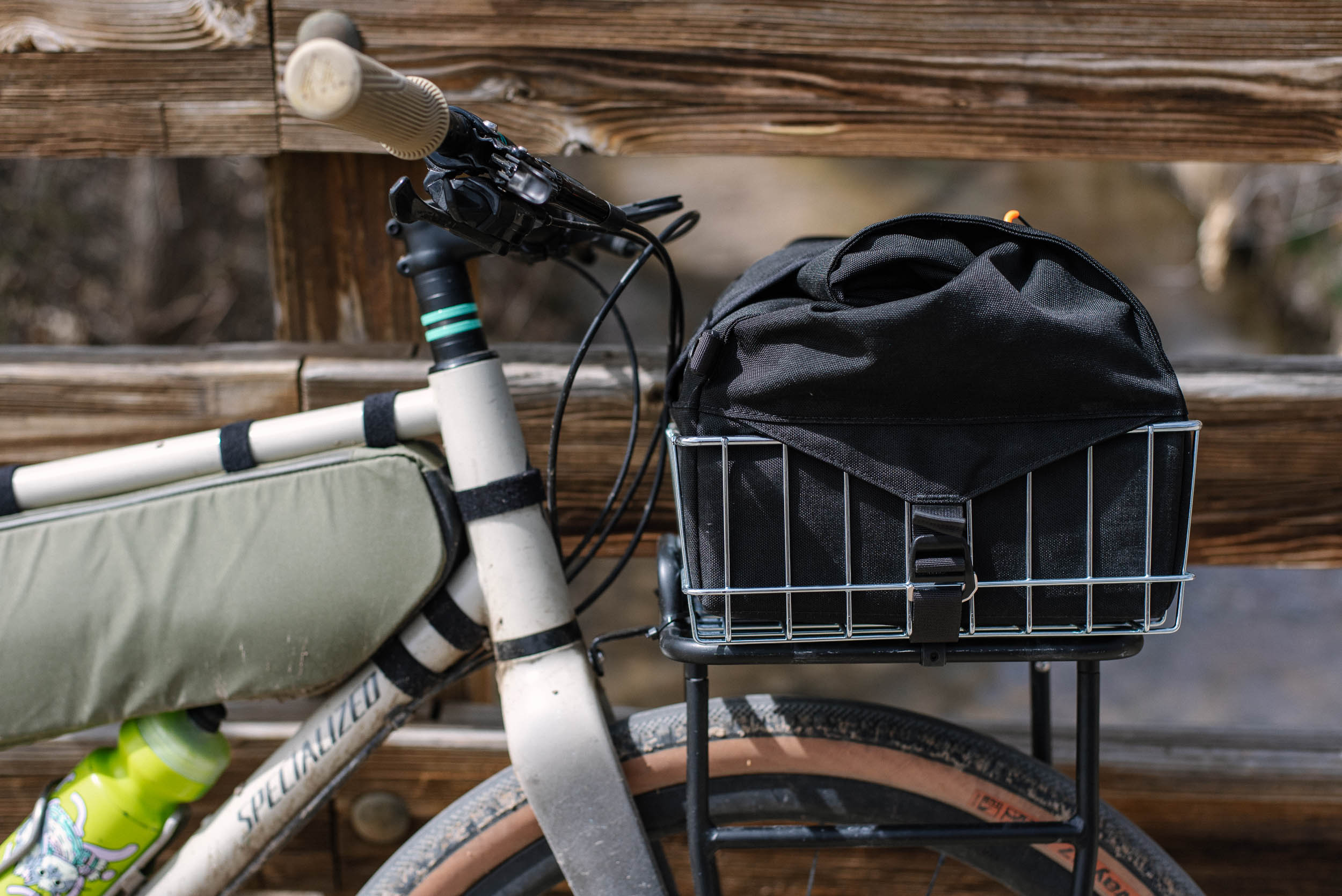Gather Materials
For obtaining the necessary tools and equipment, some preparation is a must. Here’s how to get everything together:
- Equipment – Acquire all the required equipment for painting your spokes, such as paint primer, clear coat, spray paint for your color choice and masking tape.
- Safety Gear – Obtain safety gear like gloves, goggles and respirator for protecting yourself from toxic fumes and paint splatters.
- Cleaning Supply – Collect brushes, microfiber cloths, degreasers or cleaners to ensure your spokes are clean before painting.
- Cover Items – Prepare the space where you will be working on your bike by getting drop cloths or newspapers to lay down under it. Use additional sheets or plastic bags to shield other parts of your bike from paint overspray.
Additionally, examine each item properly before buying it to confirm that it will yield adequate results for the task at hand.
With these materials gathered, embark on transforming your wheels without needing to disassemble them.
Lastly, don’t miss out on this perfect opportunity to revamp and enhance the appearance of your bicycle! Gather these materials now and start painting! Time to give those wheels a good scrub-down, because a clean wheel is a happy wheel (and a happy wheel means a happy ride).
Clean Your Wheels
To Get Your Wheels “Shine”
Cleaning your wheels is an essential step to maintain the pizzaz and longevity of your ride. The tires accumulate dust, grime, brake dust, and other pollutants on them, and cleaning up regularly will prevent rusting, flaking paint, or bleaching.
Follow these Few Simple Steps:
- Whenever you clean wheels, ensure they’re cool. Hot surfaces might cause dry water spots on the surface.
- Start by rinsing the wheel with plain water to get rid of large particles that could scratch it during washing.
- Use a non-acidic cleaner appropriate for your style of rims and scrub the wheel using a soft-bristled brush or microfiber towel.
- Rinse with clear water once more before drying it off with a microfiber towel using a good side-to-side motion.
A Must-Know Detail!
Ensure that the cleaning material and solution you choose are compatible with your wheels’ finish. Some brands may ruin alloy wheels if used improperly.
Fascinating History:
Cars weren’t always as easy to clean as they are now! In olden times, people had to physically remove each wheel to clean them thoroughly instead of using simple sprays or chemicals.
Your tires and rims may be masked off, but don’t mask your excitement for a freshly painted bike.
Mask off Tires and Rims
To protect the rims and tires while painting the spokes, a masking technique is essential. This step will ensure that no paint gets onto unwanted surfaces, creating an even finish without any blemishes.
Here is a 5-step guide on how to mask off tires and rims for painting the spokes:
- Clean the wheels thoroughly before starting.
- Cover the tire with painter’s tape, ensuring it sits evenly and tightly against the rim’s outer edge.
- Sink masking paper between the inner wheel surface and tire by using different size tapes.
- Use masking paper to wrap around the back of your wheel and hold it in place with additional tape.
- Cover any remaining areas of the rim with masking paper or tape to avoid overspray.
It’s important to ensure that all areas are covered to prevent paint from getting into unwanted areas. Double-check that everything is secured correctly before beginning to paint.
One crucial detail often overlooked is removing any rust or debris beforehand, as this can impede paint adhesion and create a compromised finish.
A recent report by Paint Place Group stated that “using high-quality paint products improves adherence, protection and results in a professional look.”
Get ready to make your spokes pop with some prep and primer, because a little bit of elbow grease now will save you a whole lot of regret later.
Prep with Primer
Before painting your spokes, it’s important to properly prepare the surface to ensure maximum adhesion. This can be achieved with a specialized primer that is designed specifically for use on metal surfaces, such as Rust-Oleum Primer. Applying the primer will help to protect against rust and corrosion, while also creating a smooth surface that will promote optimal paint coverage.
To begin, thoroughly clean the surface of each spoke to remove any dirt or debris. Next, apply a thin layer of primer to each spoke using a small brush or spray nozzle. Be sure to fully coat each spoke and allow the primer to dry completely before moving on to the next step.
Once the primer has dried, you’re ready to apply your desired color of paint. It’s important to choose a high-quality spray paint that is designed for use on metal surfaces and that features excellent coverage and durability. Some recommended options include Krylon Fusion for Plastic or Rust-Oleum Metallic Spray Paint.
Apply several light coats of paint, being careful not to overspray or allow drips to form. Allow each coat to dry completely before applying another layer. Once all of your coats have been applied and allowed to dry completely, you can gently buff the surface with a soft cloth or polishing wheel for added shine.
It’s worth noting that if you want a more complex design or finish, using stencils or masking tape can help you achieve precise shapes and patterns while protecting areas you don’t wish to paint.
According to experts at CarandDriver.com, painting your spokes can give your vehicle an updated look while adding an extra level of personalization without breaking the bank.
Thin layers may not be in fashion for clothing, but they’re the key to a polished paint job on your spokes.
Apply Paint in Thin Layers
When painting your bike spokes, using thin layers of paint is crucial for a clean and polished finish. Applying thicker coats may result in drips or smudges. The following steps can help you achieve this technique effortlessly.
- Start with a clean surface- Clean the spokes properly before applying any paint. Any dirt or grease left behind may interfere with the bonding of the paint to the surface.
- Apply in Thin Coats- To prevent excess buildup, apply the paint in thin coats. This also allows enough time for each coat to dry before applying another one.
- Avoid Touching Wet Paint – Resisting the urge to touch the wet paint ensures that you don’t create smears or distortions during this process.
While painting, keep an eye out for areas without enough coverage or those with excessive build-up and address them accordingly.
It’s also essential to note that earlier painting involved disassembling your wheels to access the spokes. However, it is now possible to achieve excellent results without taking apart your wheels by using masking tape on non-paintable areas like wheel axles or rims.
Interestingly, painted spoke wheels originated from underground street racing culture in Japan in the 1970s when racers decorated their motorcycles’ wheels as part of their alter egos’ visuals.
Your impatience may be the death of your new spokes, so resist the urge to touch until fully dry.
Allow to Dry Completely
After painting the spokes of your bike, it is necessary to ensure they dry completely before handling or riding. To allow for complete drying, follow these steps:
- Keep the bike in a well-ventilated area that is away from direct sunlight and heat sources.
- Wait for a minimum of 24 hours after painting before moving or storing the bike.
- Test if the paint has fully dried by gently touching the spokes with a latex-gloved finger. If no paint residue sticks to your glove, then you can handle and ride the bike without any concern.
It’s important to note that excessive humidity or moisture can slow down the drying process, so if you live in an area with high levels of humidity, consider using a fan or dehumidifier to speed up the process.
Pro Tip: Before starting this process, ensure that you have enough time and patience as rushing through it can lead to an uneven finish. Now you can finally take off that tape and see if your spokes are ready for their close-up, Mr. DeMille.
Remove Masking Tape and Reassemble Wheel
After successfully painting your spokes, it’s time to reassemble the wheel without removing the masking tape. Follow these steps to create a seamless finish.
- Start by cutting the excess tape off your spokes and rims.
- Carefully peel off any remaining tape from each spoke individually.
- Gently place your wheel back in its original position on the bike frame.
- Screw on each nut finger-tight, making sure not to cross-thread them.
- Use a wrench to tighten each nut fully and evenly, creating a stable and secure wheel assembly.
Remember that patience is key while lifting and readjusting your bike. Be confident with your tool usage but cautious with your maneuvering to avoid potential damage.
Before concluding, keep in mind that an alternative method for repainting the spokes would be using sanders or grinders along with safety goggles to protect yourself from sparks.
As stated by Instructables contributor HarryH4405, “A good paint job results from adequate prep work.”



